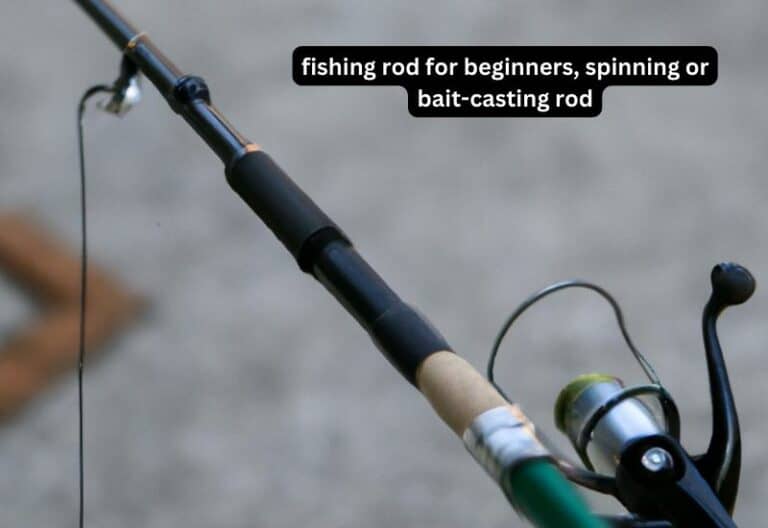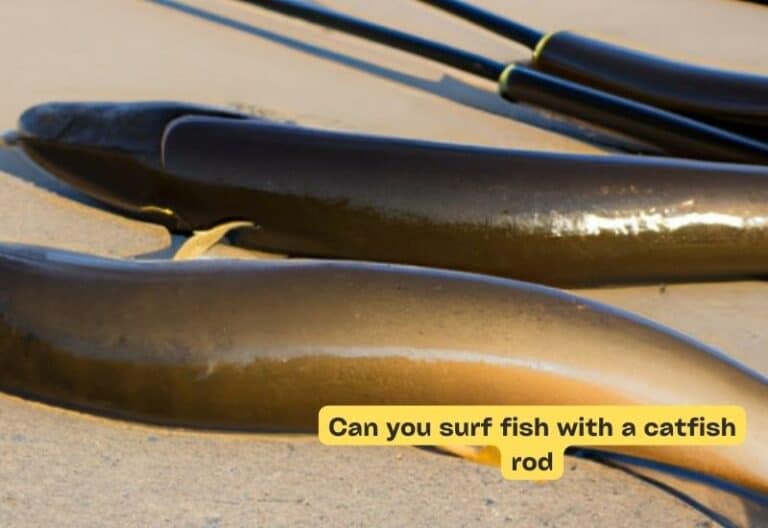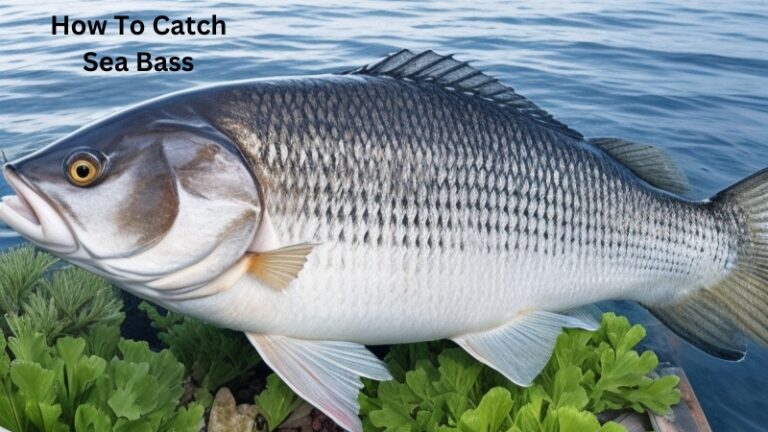Easy Steps: How To Put New Fishing Line On
Looking to learn how to put new fishing line on? Look no further! In this blog article, we’ll walk you through the step-by-step process of replacing your fishing line with ease. Whether you’re a beginner or a seasoned angler, knowing how to put new fishing line on is a crucial skill that will ensure you’re always ready to reel in the big one. So grab your fishing rod, let’s dive in!
How to Put New Fishing Line On: A Comprehensive Guide
Gather the Required Supplies
Before you can start putting new fishing line on your reel, it’s important to gather all the necessary supplies. Here’s what you’ll need:
- New fishing line
- Scissors or line cutter
- Reel spool
- Backing line (optional)
- Line conditioner (optional)
- Rod with reel
Prepare Your Reel
Now that you have everything you need, it’s time to prepare your reel for the new fishing line. Follow these steps:
- Remove the old fishing line from your reel. Cut it close to the spool, and dispose of it properly.
- Inspect the reel for any damage or dirt. If necessary, clean and lubricate it to ensure smooth operation.
- If you’re using backing line, tie it securely to the reel spool. This will provide extra line capacity and prevent slippage.
Attach the New Fishing Line to the Reel
Once your reel is ready, it’s time to attach the new fishing line. Follow these steps:
- Find the end of the fishing line and pass it through the rod guides starting from the tip.
- Pass the line through the reel’s line guide or bail, depending on the type of reel you’re using.
- Tie an arbor knot to secure the line to the reel spool. Make sure it’s tight and won’t slip.
Spool the Fishing Line onto the Reel
With the line securely attached to the reel, it’s time to spool the fishing line. Here’s how you can do it:
- Hold the fishing line between your thumb and index finger, applying light tension.
- Start turning the reel handle slowly to start spooling the line onto the reel.
- Continue spooling the line evenly, making sure it lays flat and tight on the spool.
- Avoid overfilling the spool. Leave some space, usually about 1/8 inch, for the line to accommodate your fishing needs.
Check for Line Twist and Tangles
As you spool the fishing line onto the reel, it’s essential to check for line twist and tangles. Here’s what you can do:
- Periodically stop spooling and let the line hang freely.
- Observe the line for any twisting or tangling. If you notice any, remove the line from the reel and start over.
- Check for any loops or knots and untangle them before resuming spooling.
Trim Excess Line and Secure the Knot
Once you’ve finished spooling the fishing line, it’s time to trim any excess line and secure the knot. Follow these steps:
- Leave an appropriate length of line beyond the rod tip, usually about the length of the rod or slightly shorter.
- Trim the excess line using scissors or a line cutter. Be careful not to cut the main line or the knot.
- If you’re using a monofilament line, you can apply a drop of line conditioner to the knot to enhance its strength and durability.
Test the Setup
Before you hit the water, it’s crucial to test your setup to ensure everything is working correctly. Here’s what you should do:
- Attach a lightweight lure or weight to the line.
- Hold the rod and reel combo, and make a few casts to check if the line comes off smoothly without any issues.
- Pay attention to any unusual noises or behaviors that might indicate line problems.
Practice Proper Line Maintenance
After putting new fishing line on your reel, it’s essential to practice proper line maintenance to extend its lifespan. Here are some tips:
- Regularly check your line for any signs of wear, such as fraying or nicks.
- Clean your reel after every fishing trip to remove dirt, debris, and saltwater residue.
- Reapply line conditioner periodically to keep the line supple and prevent it from coiling or becoming brittle.
- Replace your fishing line at least once a season or whenever you notice significant wear or damage.
Troubleshooting Tips
Sometimes, even with proper techniques, issues may arise while putting new fishing line on your reel. Here are some troubleshooting tips:
- If the line keeps slipping off the reel, make sure you tied the knot correctly and tighten it properly.
- If you’re experiencing excessive line twist, try spooling the line from the filler spool instead of through the rod guides.
- If the line is tangled or loops are forming on the spool, check for any obstruction or dirt that might be causing the problem.
- If you’re having trouble spooling the line evenly, consider using a line spooling device or seek assistance from a professional.
Remember, mastering the skill of putting new fishing line on your reel takes practice, so don’t get discouraged if it doesn’t go perfectly the first time. With time and experience, you’ll become more proficient and efficient in spooling your fishing line. So go ahead, enjoy your time on the water, and may you have successful fishing adventures!
A better way to attach fishing line to reel
Frequently Asked Questions
How do I put new fishing line on?
To put new fishing line on your reel, follow these steps:
What type of fishing line should I use?
The type of fishing line you should use depends on the fishing conditions and the type of fish you are targeting. Monofilament, fluorocarbon, and braided lines are some common options. Monofilament is versatile and affordable, fluorocarbon is invisible underwater, while braided lines offer high strength and sensitivity.
How do I remove the old fishing line?
To remove the old fishing line, unwind it from the reel and cut it close to the spool. Dispose of the line properly, as it can be harmful to wildlife and the environment.
What knot should I use to tie the fishing line to the reel?
A common and reliable knot for tying fishing line to the reel is the arbor knot. It involves passing the line around the reel’s spool, tying an overhand knot, and then securing it with a series of half-hitch knots.
What is the proper way to spool the new fishing line onto the reel?
Start by threading the new fishing line through the rod’s guides and tie it to the reel using the appropriate knot. Close the bail on a spinning reel or engage the spool on a baitcasting reel. Hold the line taut and turn the reel handle, allowing the line to spool evenly onto the reel’s spool.
How much line should I put on the reel?
Fill the reel spool with enough line to accommodate your intended fishing needs. Generally, leaving about 1/8 inch of space between the line and the spool’s edge is recommended to avoid overfilling.
How often should I replace my fishing line?
It is a good practice to replace your fishing line at least once a year or when you notice signs of wear and tear, such as fraying, nicks, or weakened strength. Regularly inspecting and replacing the line ensures optimal performance and reduces the chances of line breakage during crucial moments.
Final Thoughts
To put new fishing line on, follow these simple steps: 1) Start by removing the old line from the reel to make way for the new one. 2) Attach the end of the new line to the reel spool using an arbor knot. 3) Slowly wind the line onto the spool, keeping it taut and evenly distributed. 4) Make sure to fill the reel to the recommended capacity. 5) Finally, secure the line to the spool with a knot and trim any excess. Putting new fishing line on your reel is essential for optimal performance and successful fishing trips. Remember to regularly check the condition of your line and replace it when necessary to ensure a smooth fishing experience.





